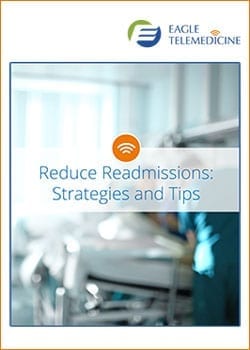Telemedicine Care in the ICU
Hear how a typical night shift providing telemedicine care works from Dr. Jeffery Sadowsky, Tele-Critical Care physician and intensivist.
Usually around eight o’clock to midnight we’ll start our multi-disciplinary rounds for telemedicine care. We’ll beam in and find the charge nurse and ask if the she or he is available to support rounding. We start with the sickest patients first. Then, we’ll go with the bedside nurse. Or, if the patient is on a ventilator, we will work with the respiratory therapist. We review the patient care plan, including the goal for the day or the night. I make sure all of the pro re nata (PRN) are ordered, which cuts down on the calls or texts that that happen throughout the shift.
When we’re done with one patient, we move to the next and the next. When we are done with one facility, we go to the next facility. We are also available for admissions from the ED and all patient floors for rapid response. We use telemedicine care for those patients that come from the emergency room, which requires us to discuss the patient with the emergency room physician. We have secure access to the hospital’s EMR so we’ll do basic admitting orders. Then, when the patient comes up to the ICU, we will see the patient.

